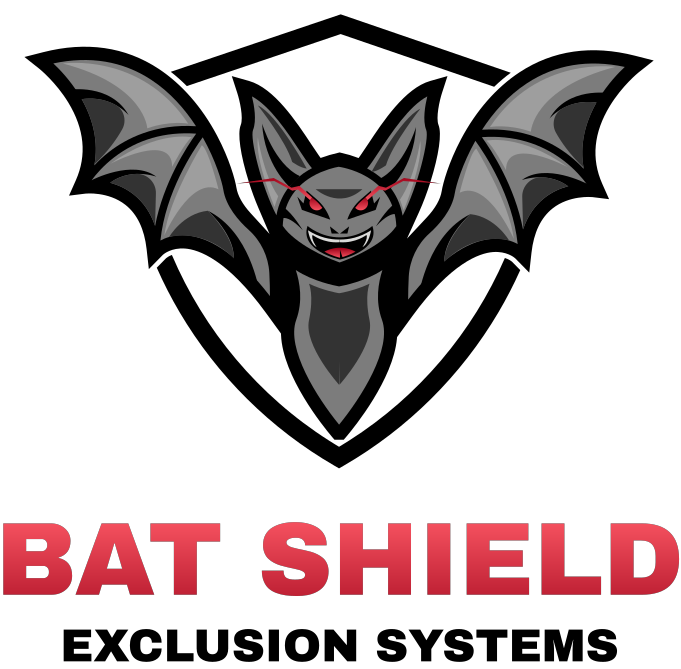If you live in Western New York or surrounding areas, the small marsupial with a bare tail is an opossum, not a possum. Possums are native to Australia, New Zealand, New Guinea, and China. Opossums are only found in North America.
Opossum comes from the Algonquian word for white animal — apasum. Because the animal was first sighted around Jamestown, Virginia, the term Virginia opossum is often used to identify the North American mammal. Although the word can be pronounced with a voiced “o,” most people view it as silent, making it difficult to distinguish between possum and opossum in everyday conversation.
Opossum vs. Possum
Spelling is not the only difference between an opossum and a possum. Both mammals belong to the Marsupialia class characterized by mothers who carry their young in a pouch. However, they are distinctly different animals with different physical characteristics such as:
- Opossums have white, pointed faces and bare tails.
- Opossums are larger, weighing up to 13 pounds.
- Only opossums “play possum” or pretend to be dead to avoid predators.
Because of their differing habitats, the two animals have different nesting habits.
Where Do Opossums Nest?
Opossums are solitary animals, preferring to be alone except during mating season. However, opossums have adapted to human encroachment into their habitat and can be found in and around cities and suburbs. This adaptation has resulted in opossums building dens in urban structures.
These marsupials are nocturnal, spending daylight hours in dens that are dry, sheltered, and secure. They may use dens or burrows created by others. Opossums often nest in hollow trees, wood piles, rock crevices, and under buildings, including decks. Once they find a location, they scour the area for insulating materials such as dried leaves, grass, and discarded clothing.
What Do Opossums Eat?
Most opossums have several active nests. They move from one den to another to avoid predators and to forage for food. As omnivores, opossums eat almost anything. Among their favorite meals are:
- Fruits, nuts, and grains
- Insects, snakes, frogs, and slugs
- Birds, eggs, and small rodents such as mice
Because opossums do not hibernate, they spend most of their waking hours looking for food. Once they locate a food supply, they do not forget its location and will return until the source is no longer available.
When human and opossum environments overlap, the marsupial will overturn garbage cans looking for discarded food. They may eat plants in a garden or invade a chicken coop looking for grain or corn.
What to Do if You Have Opossums?
Opossums spend their lives looking for food and shelter and avoiding predators. If you want to keep opossums at bay, you need to remove all food sources and block all denning locations.
Food
If you find your trash can overturned or a hole in a garbage bag, you are attracting animals, including opossums. Use a metal trash can with a tight-fitting lid that prevents opossums from using their long nails and 50 teeth to open. Do not leave pet food outside and dispose of all food scraps away for buildings. Do not place food near a pet door, and be sure to lock it at night.
Shelter
Eliminate wood and brush piles around your property. Block access to spaces under decks or porches. Outbuildings such as sheds should be sealed to prevent access. If you think you may have an active den, make sure all animals are out to prevent trapping an animal inside. Sometimes the process may take weeks to ensure that the space is free of all animals.
Experts
An alternative is to contact experts who specialize in the humane removal of opossums and other wildlife from buildings and homes. Experts such as those at WNY Wildlife and Exclusion can help determine the type of animal and identify the best methods for careful removal. Call us today at (716) 203-1166.

